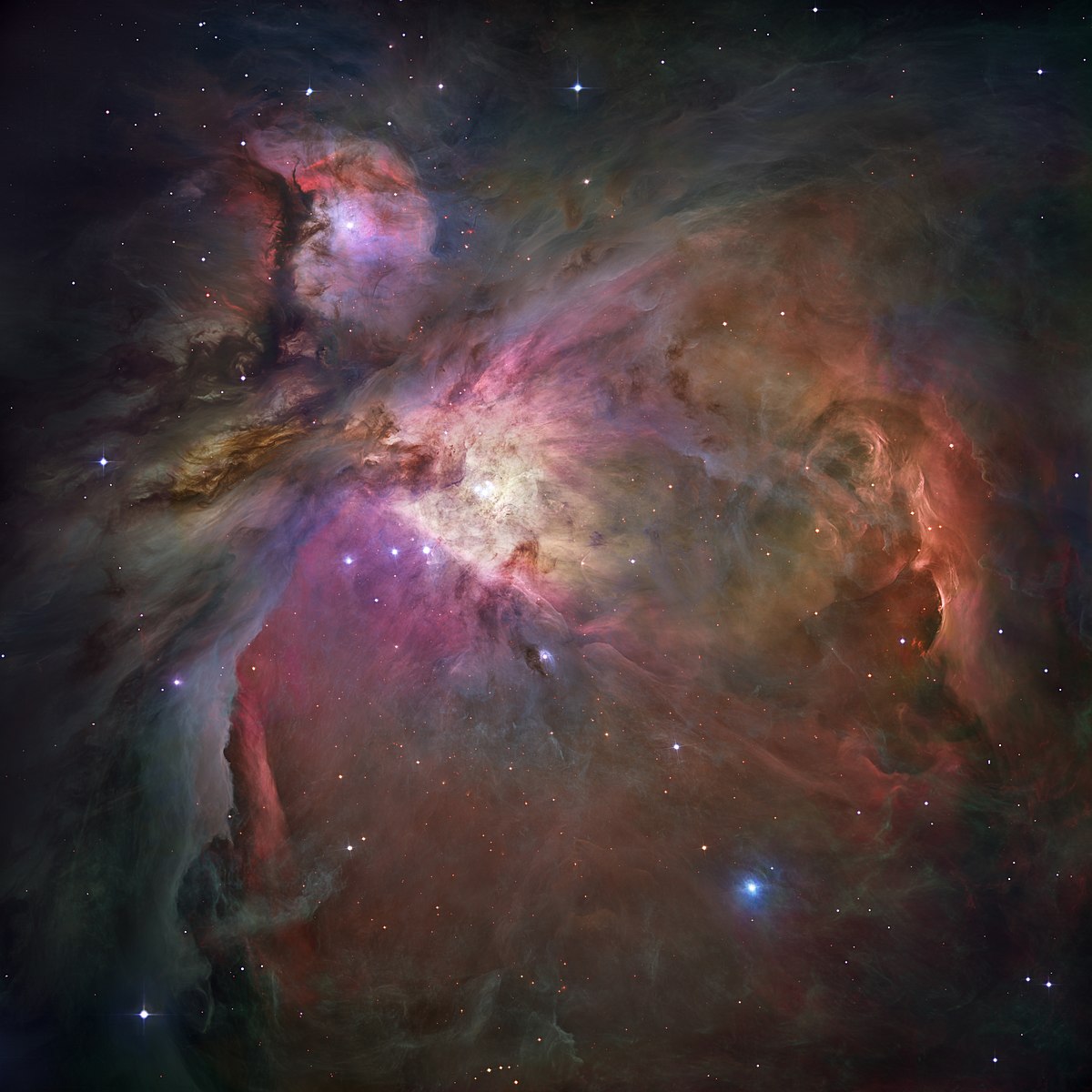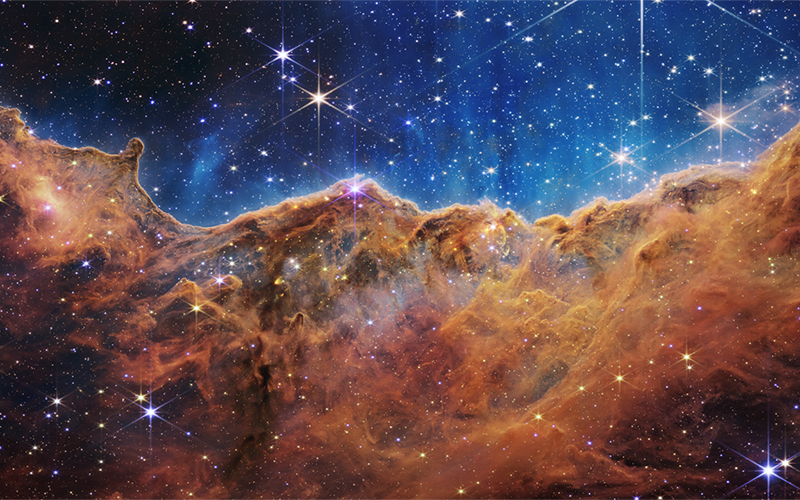Space is truly mesmerising, and this captivation is shared by many. To celebrate World Space Week, Student Circuit shares some of the greatest imagery shot in space.
The Whale Galaxy
Also known as NGC 4631, The Whale Galaxy is a spiral galaxy located 25 million light-years away in the northern constellation Canes Venatici. It is similar in size to our own Milky Way.
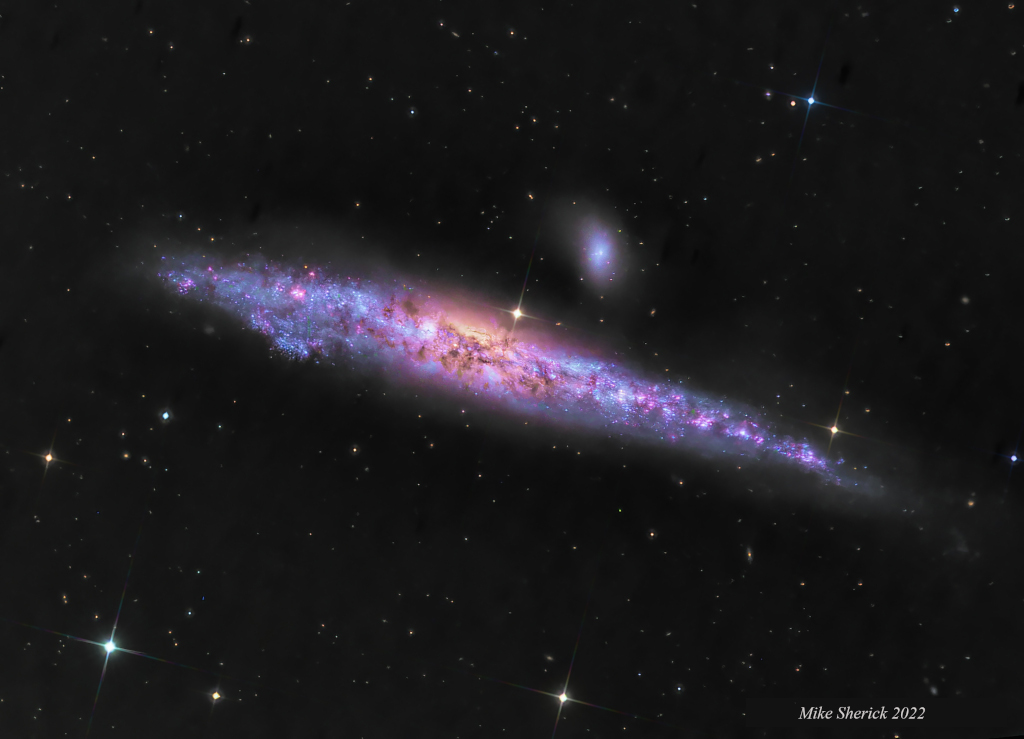
NGC 7250
Captured by the NASA/ESA Hubble Space Telescope, this image shows a whole galaxy being outshone by a single star. The star is named TYC 3203-450-1, located in the constellation of Lacerta (The Lizard), and is much closer than the galaxy. In fact, the star is one million times closer than the galaxy which lies over 45 million light-years away from us.
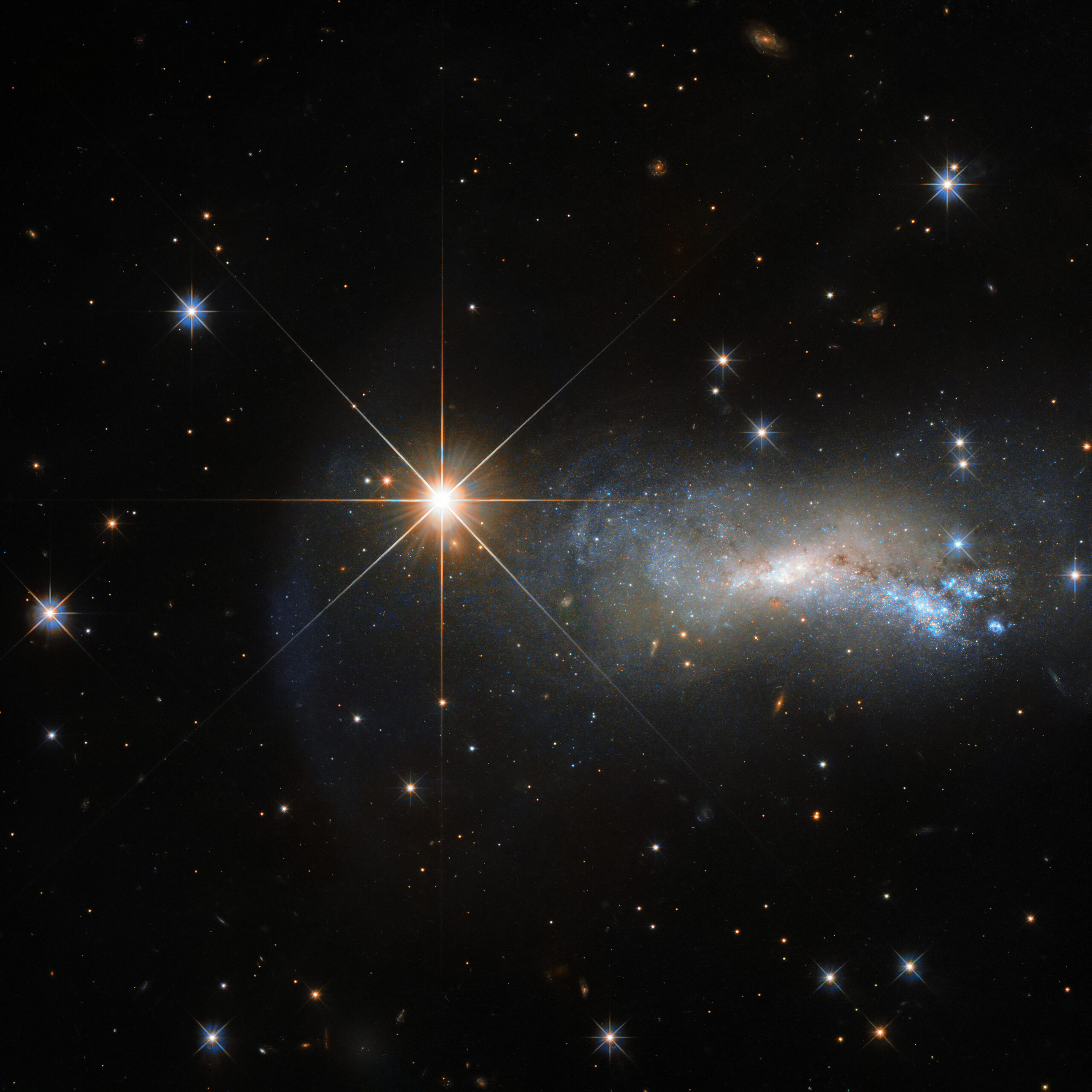
The ‘Eye of God’
This is an image is the Helix Nebula taken by the Hubble Space Telescope. It is located 700 light-years away in the constellation Aquarius.
With the power of The Hubble Telescope, astronomers were able to see knots of material in the nebula.
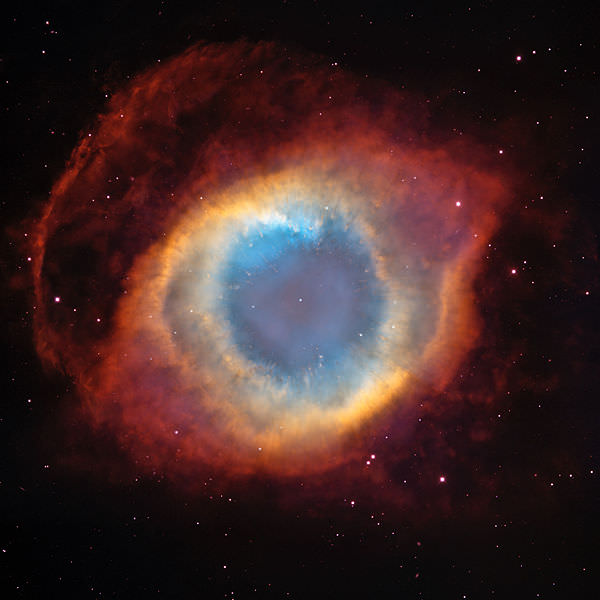
Ant Nebula
This is a young planetary nebula in the constellation Norma composed of a bright core and four distinct high-velocity outflows that have been called lobes, columns and rays. This nebula is 8,154 light years away.
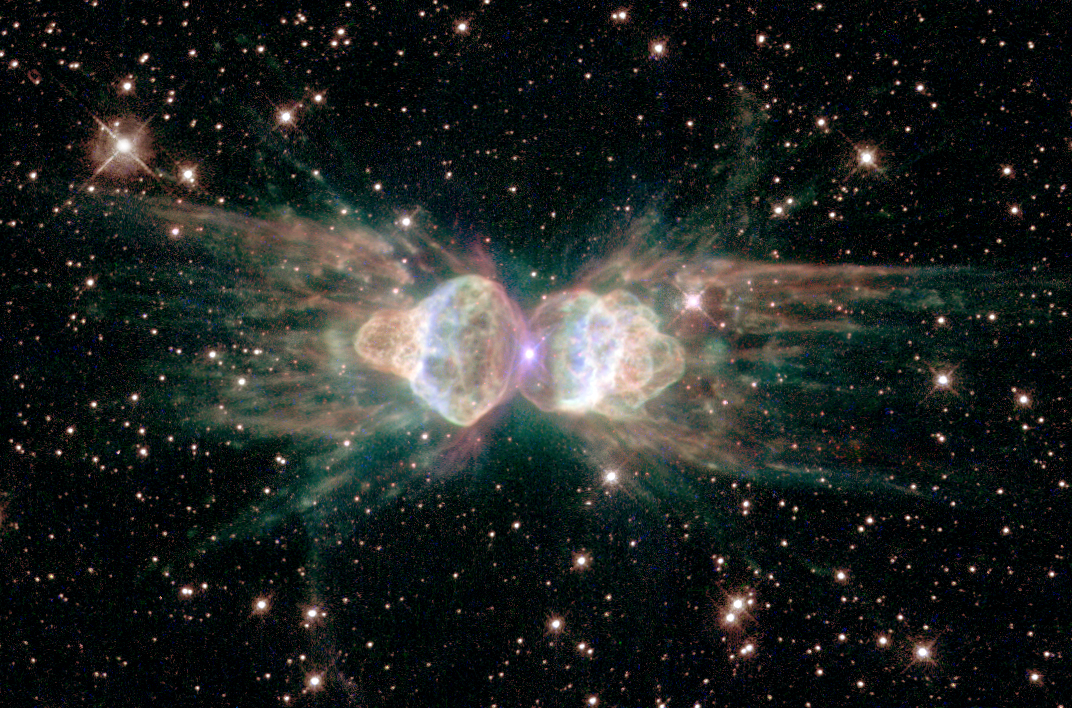
Orion Nebula
This image was taken by the Advanced Camera for Surveys (ACS) aboard NASA/ESA Hubble Space Telescope. It was first discovered in 1610 by Christiaan Huygens. Over 3,000 stars of various sizes make up this image. The Orion Nebula is a diffuse nebula situated in the Milky Way.
